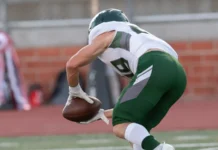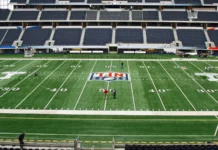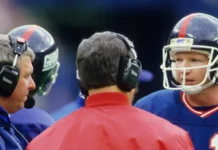
Quarterbacks are the heart of football. They lead the team, call the plays, and often decide if their team wins or loses. Over the years, some quarterbacks have become legends, remembered for their skill, leadership, and ability to shine under pressure.
Today’s NFL is full of rising stars who are rewriting the record books and changing how the position is played. But how do these modern athletes compare to the legends of the past?
In this article, we’ll look at some of the greatest quarterbacks in NFL history and compare them to the superstars of today. From their stats to their leadership, from their playing styles to their impact on the game, we’ll see what has changed and what has stayed the same.
Legends Who Shaped the Quarterback Role
Johnny Unitas: The Pioneer
Johnny Unitas, who played mostly in the 1950s and 1960s, is often called the “original quarterback legend.” He had a rocket arm, great toughness, and a mind for the game. Unitas helped make the forward pass central to football.
Back then, teams mostly focused on running the ball, but Unitas showed how dangerous passing could be. His famous streak of throwing a touchdown in 47 straight games stood for decades.
Unitas won three NFL championships (1958, 1959, 1970); two of those came before the Super Bowl era began. Compared to today’s game, Unitas may not have had the same training or fitness as modern stars, but his leadership and toughness made him a pioneer.
Modern quarterbacks like Tom Brady and Aaron Rodgers show the same ability to control games with smart decision-making.
Joe Montana: Cool Under Pressure
Joe Montana is often remembered as the quarterback who never cracked under pressure. Playing in the 1980s and early 1990s, Montana went 4–0 in Super Bowls, earning three Super Bowl MVPs in the process.
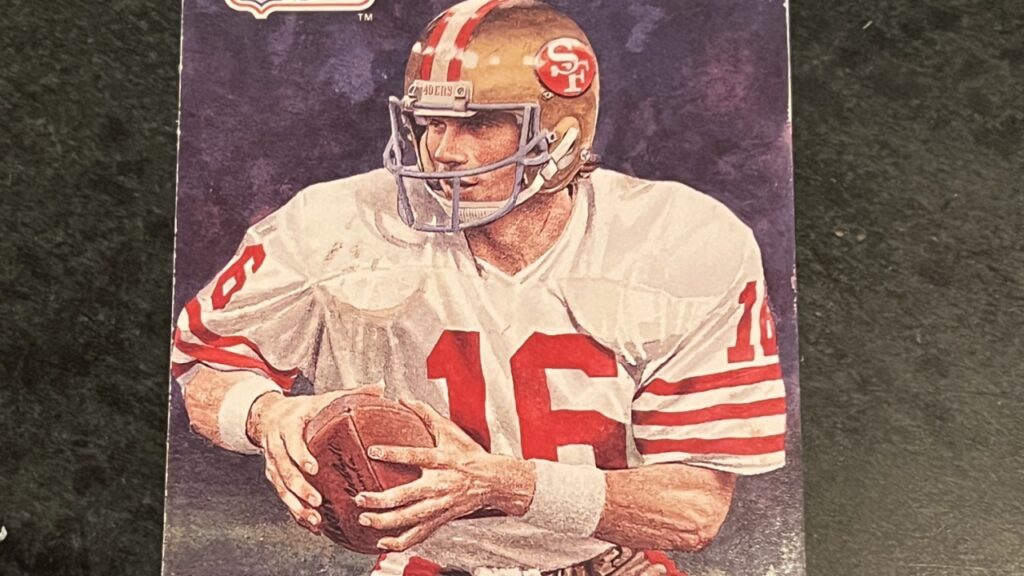
Known as “Joe Cool,” he stayed calm in tough situations and led many last-minute drives. His connection with Jerry Rice, the greatest wide receiver of all time, made the 49ers nearly unstoppable.
Montana’s ability to stay calm is seen today in quarterbacks like Patrick Mahomes, who make incredible plays when his team needs them most. While Montana’s stats don’t look as big as modern players’, because the game wasn’t as pass-heavy back then, his legacy comes from his ability to win when it mattered.
Dan Marino: The Pure Passer
Dan Marino never won a Super Bowl, but his passing numbers made him one of the most talented quarterbacks ever. In the 1980s and 1990s, Marino threw the ball like no one else.
In 1984, Dan Marino threw for 5,084 yards and 48 touchdowns, a staggering total in an era without today’s passing rules and schemes. He never won a Super Bowl, but his numbers redefined the passing game.. His quick release and strong arm made him nearly impossible to defend.
Modern stars like Josh Allen and Justin Herbert mirror Marino’s style. They throw deep bombs, move the ball fast, and make defenses nervous.
But unlike Marino, today’s quarterbacks have more advanced offensive schemes and rules that protect them, making it easier to put up big numbers.
Peyton Manning: The Mastermind
Peyton Manning was called “the Sheriff” because he ran the offense like a coach on the field. Playing for the Colts and Broncos, Manning studied defenses better than anyone else. He changed plays at the line of scrimmage, barked signals, and outsmarted defenders.

He finished his career with two Super Bowl wins and some of the best passing records of all time. When you look at today’s NFL, quarterbacks like Joe Burrow and Dak Prescott show similar control of the game.
But Manning’s preparation and football IQ remain unmatched. Even current players admit that watching Manning’s game film taught them how to lead.
Tom Brady: The GOAT
Tom Brady is widely seen as the greatest quarterback of all time. With seven Super Bowl wins, three MVPs, and more records than almost anyone else, his career speaks for itself.
Brady wasn’t the fastest or strongest, but he had unmatched leadership, focus, and consistency. He played for over 20 years and kept winning at an age when most quarterbacks were long retired.
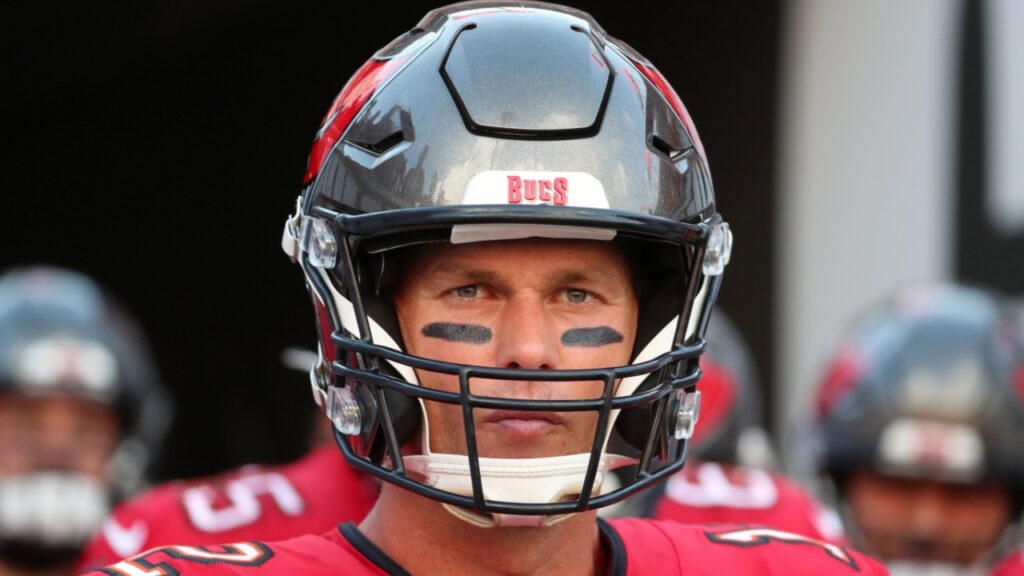
Today, players like Jalen Hurts or Trevor Lawrence are still carving out their legacy, but Brady’s ability to adapt and win across decades sets him apart. He’s the gold standard modern quarterbacks are measured against.
Today’s Stars Redefining the Game
Patrick Mahomes: The New Standard
Patrick Mahomes has taken the NFL by storm. Since becoming the Kansas City Chiefs’ starter in 2018, he has already won multiple MVPs and Super Bowls. Known for his no-look passes, sidearm throws, and ability to make magic out of broken plays, Mahomes brings excitement every time he steps on the field.
When compared to legends like Joe Montana, Mahomes is more athletic and flashier, but he shares Montana’s calmness and ability to win in clutch moments. If Mahomes continues his pace, he could challenge Brady as the greatest ever.
Josh Allen: Power and Athleticism
Josh Allen of the Buffalo Bills represents the new breed of quarterback. He combines size, speed, and a powerful arm. Allen can run like a fullback, hurdle defenders, and still launch deep passes with ease.
While Marino was a pure passer, Allen is a dual-threat, able to beat defenses with both his legs and his arm. Allen still needs a Super Bowl win to enter the conversation with the legends, but his talent makes him one of the most dangerous players in the league.
Joe Burrow: The Calm Assassin
Joe Burrow has already led the Cincinnati Bengals to a Super Bowl appearance early in his career. He plays with confidence and control, reminding fans of Peyton Manning’s ability to read defenses and Tom Brady’s coolness under pressure.
Burrow doesn’t rely on flashy plays but makes smart decisions that help his team win. If he can stay healthy and add championships to his resume, Burrow could become one of the all-time greats.
Jalen Hurts: The Dual-Threat Leader
Jalen Hurts of the Philadelphia Eagles has shown that leadership matters just as much as talent. He can throw, but his running ability sets him apart. In Super Bowl LVII, Hurts scored three rushing touchdowns and nearly led his team to victory.
He plays with heart and grit, much like legends such as Steve Young. Hurts is proof that today’s quarterbacks must be versatile. He’s not just a passer or runner; he’s a complete leader.
Justin Herbert, Lamar Jackson, and Trevor Lawrence
Justin Herbert has one of the strongest arms in football and is often compared to Marino for his deep passing ability. Lamar Jackson, the 2019 MVP, brings running skills we’ve rarely seen at quarterback, making him similar to how Michael Vick once changed the game.
Trevor Lawrence, still young, shows flashes of greatness and leadership that could make him one of the next big names.
Legends vs. Modern Stars
Playing Style
Past quarterbacks often stayed in the pocket and threw from there. Today’s quarterbacks, like Mahomes, Allen, and Hurts, are more mobile and use their legs to extend plays. The game has shifted to reward creativity and athleticism.
Rules and Protection
In earlier eras, quarterbacks took harder hits because there weren’t as many safety rules. Players like Unitas, Montana, and Marino faced more physical defenses. Today, rules protect quarterbacks from late hits, giving modern stars more time to make plays.
Stats and Records
Today’s passing stats are bigger because teams throw more and play in pass-friendly systems. For example, Marino’s 5,000-yard season in 1984 was groundbreaking. Now, quarterbacks like Mahomes or Herbert can approach that mark more regularly.
Legacy
Legends like Brady, Montana, and Manning are measured by their Super Bowl wins and leadership. Modern stars are still building their legacy. While Mahomes is already on his way to legendary status, players like Burrow and Allen still need to prove themselves with championships.
Frequently Asked Questions
Q: Who is considered the greatest quarterback of all time?
Most people say Tom Brady because of his seven Super Bowl wins, long career, and ability to win in different eras.
Q: How do today’s quarterbacks compare to legends like Montana or Marino?
Today’s quarterbacks are more athletic and put up bigger stats. But legends like Montana and Marino played in tougher conditions without the same protections.
Q: Can Patrick Mahomes pass Tom Brady as the GOAT?
Yes, if Mahomes keeps winning Super Bowls and MVPs, he could be seen as the greatest. But he has to play well for many more years to catch Brady’s records.
Q: Why didn’t Dan Marino win a Super Bowl?
Marino played with weaker defenses and less help around him, but his talent as a passer was unmatched.
Q: Who is the most athletic quarterback today?
Josh Allen and Lamar Jackson stand out for their size and speed, but many quarterbacks today are great athletes.
Q: Are quarterbacks more protected today than in the past?
Yes. Rules against roughing the passer and hits to the head make it safer for today’s quarterbacks than it was for players like Unitas or Montana.
Conclusion
- Quarterbacks are the face of football, defining leadership and success on the field.
- Legends like Johnny Unitas, Joe Montana, Dan Marino, Peyton Manning, and Tom Brady built the foundation of the position with toughness, leadership, and championship wins.
- Today’s stars, Patrick Mahomes, Josh Allen, Joe Burrow, and Jalen Hurts, add athleticism, style, and creativity to the modern game.
- While the eras are different, the goal remains the same: lead the team and win championships.
- The importance of the quarterback has never changed, as yesterday’s legends inspire today’s stars.
- Future generations will look back at today’s quarterbacks as legends, proving the position will always be central to football history.
Read More
- NFL Players Who Overcame Career-Threatening Injuries To Make A Comeback
- How Jackie Robinson Changed American Sports Forever
- Greatest Super Bowl Moments That Shaped Football History
This article was made with AI assistance and human editing.

